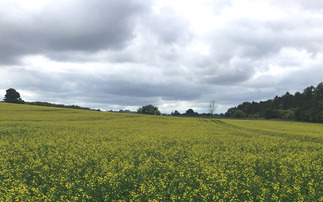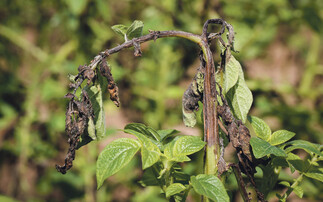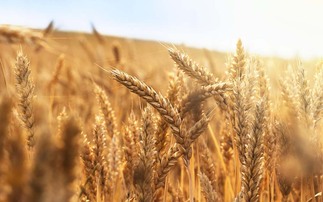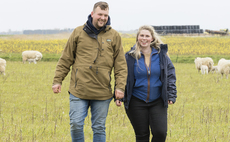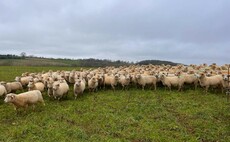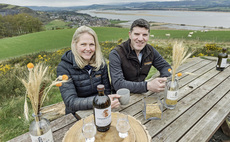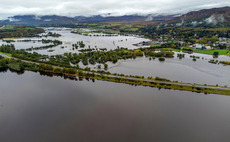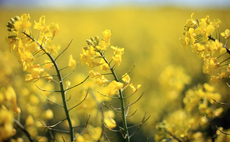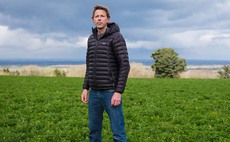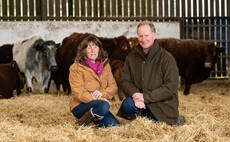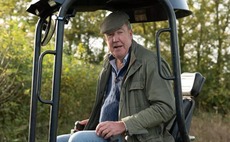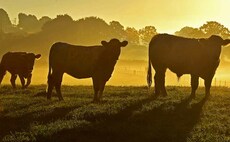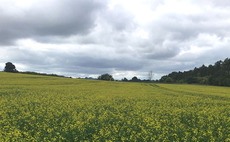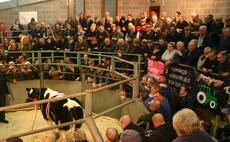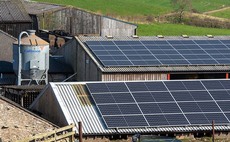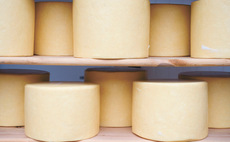
Independent agronomist, George Swann
It has been a particularly challenging end to the season, which saw record rainfall and a month which proved to be frustrating unless you grow sugar beet, maize, potatoes or are an Australian cricketer laughing through the drizzle at Old Trafford. Moral victory to us.
But as we enter September, now is the time to start to plan for harvest 2024 and first of all what lessons we can learn from this year to take forward.
While some of the aforementioned rainfall was generally gratefully received at the time, as light land crops were beginning to drought or die in places, this brought on its own set of challenges. As the rain continued, disease started to appear in wheat, particularly septoria, and varieties came under more disease pressure than we have seen for several years.
Consequently, I think there are a few varieties on the Recommended List (RL) which maybe don't have quite as robust disease resistance as some of the breeders may like to think and I suspect some of the RL ratings may be reduced to reflect the septoria seen in crops this year.
Lodging
As well as the disease profile, it's a similar story with resistance to lodging, with the season's late weather highlighting that some of the RL ratings maybe need adjusting with some varieties rated as a 7 or 8 behaving much more like a 6 or even a 5 in places.
While plant growth regulators are often not the most expensive of inputs, fungicides are - particularly the newer generation fungicides. Hopefully a lot will be learned from this year, allowing growers to make better informed decisions on varieties based on their current disease resistance, allowing their fungicide spend to be sensible rather than extortionate next year.
Moving forward to 2024 planning, winter barley growers with grass-weed pressures have a challenge to think about. Winter barley has a reputation of being a dirty crop for grass-weeds, an issue I think which is generally justified, often because it follows a first or second wheat crop in which grass-weed control has been less than ideal. Combine this with a need to drill winter barley before mid-October and its sensitivity to big pre-emergence herbicide mixes then the odds of a clean crop don't look too good.
Grass-weeds
In some ways, this is a bit of a triple whammy. I really don't want this to sound as though I don't like winter barley - in fact I really like the crop and if growers are serious about oilseed rape I think winter barley presents itself as the best preceding crop for its ability to give early entry to OSR, in my opinion still the best drilling time slot. I just feel that growers need to think about its potential pitfalls.
While I'm very aware it's only September and I hope most growers with grass-weeds are not planning to drill winter wheat for at least another month, the planning conversations I'm having are about how we're going to pick our way around the farm when it comes to autumn drilling.
It's about drilling the cleanest fields first before working our way round to do the dirtiest last. That may not always appear to be the most logical way around the farm, but it will undoubtedly bring the best results. For me, it's very important for us to be on the same hymn sheet about knowing the farm and having the discipline and agreement to say ‘if that field doesn't get drilled in autumn, because it's a field with a lot of grass-weeds and the weather breaks, then it becomes a spring crop'.
Herbicides
With autumn herbicides, we're walking a tightrope of crop safety while trying to achieve 95%-plus control of grass-weeds and I need as much help from my growers as possible. Three key things can assist with this: sowing depth, which should be at a minimum of 32mm; the seedbed surface needs to be as good as possible; and the pre-emergence application should aim to be within 48 hours of drilling.
There's no doubt some of the pre-emergence herbicides are thinning crops and we need to work on how best to counter this, with many growers upping seed rates a little in relation to planned herbicide mixes. With herbicides being as expensive as they are, we need to do as much as possible culturally and the benefits of delaying drilling by two or three weeks can be vast.











